ACP Server License
ACP Data Flow
ACP is played in a internet browser program (e.g. Internet Explorer, Fire Fox, Chrome ...) in a web page. The browser must have Adobe Flash Player installed. The web page loads ACP's ShockWave files (*.swf).
ACP Security
You can configure to run using HTTP or HTTPS. The latter is secure and provides the industry standard for transferring data encrypted information over the internet. It's the same protocol used for example for online banking. Note, you will need to purchase and install the SSL certificate for your server first.
You can also encrypt your model files if you want before uploading them to ACP. This is a feature in Analytica. Open your model in Analytica and from the File menu select 'Save a copy in...' menu item. This will display the dialog shown here and you simply need to check the 'Lock and encrypt the copy' checkbox.
ACP users' credentials are setup the same way as ACP on AnalyticaCloud.com. ACP maintains an internal database with the users' credentials stored. the internal database is actually an Analytica model file. The passwords are encrypted using a one-way encryption algorithm. The encryption algorithm was written as an Analytica user defined function by Lonnie Chrisman here at Lumina. What this means is that the passwords are encrypted and can be only used by ACP to see if sign-in credentials are correct, but cannot be viewed. If a user forgets their password they must use the 'Reset Password' feature to create a new one.
Server Requirements
The Analytica Cloud Player requires:
- Windows Server 2003, 2008, 2012, XP, Vista, 7, or 8.
- Internet Information Server (IIS), 7.0 or later preferred, with ASP.NET
- Minimum 4GB RAM. 16GB+ recommended.
- You will need a 64-bit Windows operating system if your model requires more than 3GB of memory to run.
- (Optional) If you want to use HTTPS instead of HTTP, you need to have an SSL certificate installed.
The Microsoft .NET framework 3.5 or later will also be installed if not already present during ACP installation.
Installing ACP
Installing ACP on your server involves a few steps. This section is mainly for you or people in your organization that may have questions about the ACP installation. Typically the ACP installation is done via remote desktop connection by someone at Lumina along with you or a member of your organization with admin privileges on the server.
Installing and Configuring Analytica Decision Engine
The first step is to install Analytica Decision Engine. You can download the ADE installer from the Lumina at http://lumina.com/support/downloads/ Usually you will want to use the ADE 64 bit edition. However if your server is 32 bit (rare these days) then you will need to use ADE 32 bit.
When installing ADE you will need a valid Activation Code which Lumina will provide you. Important, if your models use Analytica's Optimizer functions then you need an Activation Code for ADE with Optimizer.
Once ADE has been installed, you need to configure the server to allow IIS to launch ADE. From the windows start menu, run dcomconfig.exe and then give the IIS user name (usually DefaultAppPool) permission to launch ADE. Here's an screenshot from a Windows 2008 Server illustrating the process.
Configuring IIS
Internet Information Servcies (IIS) is the Window's web server and ACP is installed as an "application". Here's an example of doing this on Windows 2008 Server with IIS 7.
Installing ACP Bundle
The ACP files required are distributed as a "bundle" which is typically a compressed archive like a "zip" file. The bundle will be made for your particular server. When configuring IIS, a folder for installing ACP was chosen. You will extract the zip files into that folder.
Windows Security Settings
Often you will need to give access permissions to the folder where ACP is installed. Here is an example of access permission setup in Window's Explorer where all Users are being given access to the ACP folder.
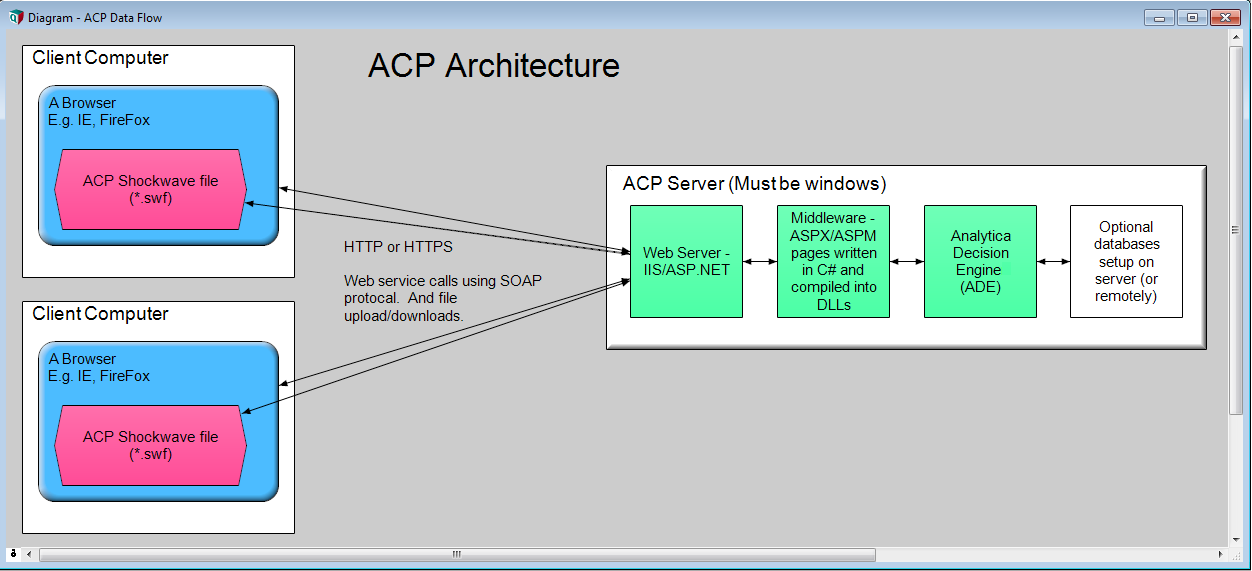


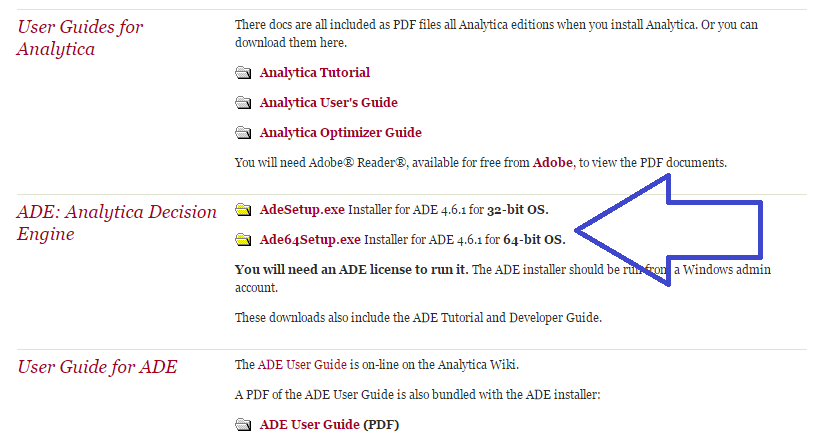
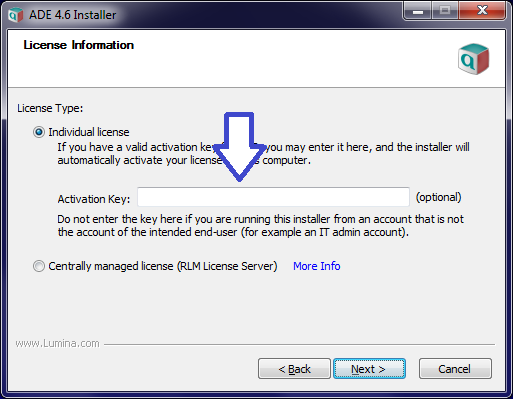
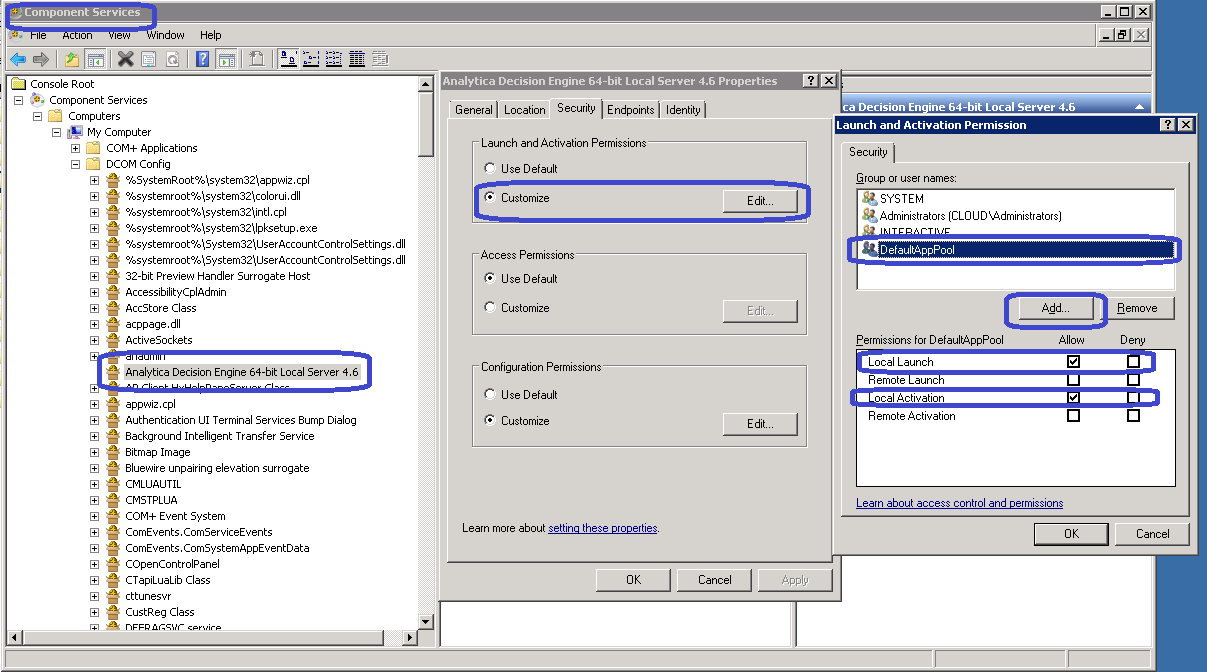
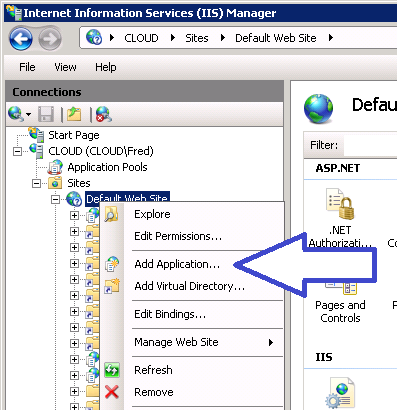
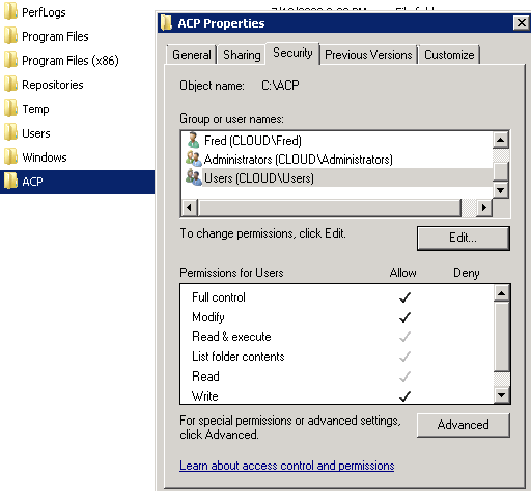
Enable comment auto-refresher